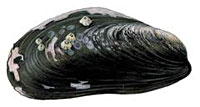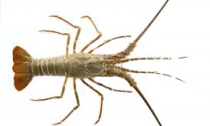
Pleuronectes platessa
The European Plaice (Pleuronectes platessa) is a member of the order of Pleuronectiformes (flatfish), which also includes soles and other flounders.
It is generally recognised as the most important flatfish for commercial fisheries in Europe. Widely distributed in the Northeast Atlantic, it can be found from Greenland and Norway in the North to Morocco in the south, in temperate waters ranging from 2 – 15°C, with the Wadden Sea being reported as an excellent nursery area.
This species lives on mixed bottoms, tending to go deeper as it ages, with smaller individuals being encountered on bathing beaches. It is active at night, in shallow water, feeding on thin-shelled mollusks and polychaetes (marine worms), spending the day buried in the sand...
Read More








Social Profiles